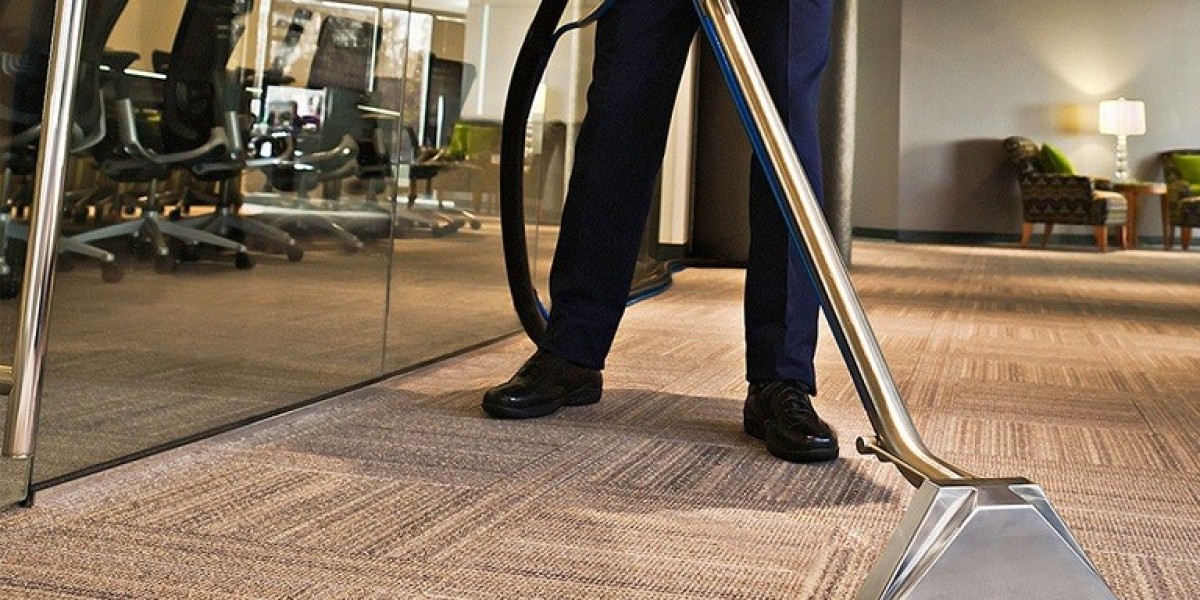Carpets are an integral part of many homes and commercial spaces, providing comfort, warmth, and aesthetic appeal. However, they are also prone to collecting dirt, dust, allergens, and stains over time. Regular carpet cleaning is essential not only for maintaining the appearance of carpets but also for ensuring a healthy indoor environment. This article delves into the science of carpet cleaning, exploring various techniques, the chemistry behind cleaning agents, and the importance of regular maintenance.
The Importance of Carpet Cleaning
Carpets act as filters in our indoor environments, trapping dust, dirt, and allergens. According to the Environmental Protection Agency (EPA), indoor air quality can be significantly affected by the presence of carpets, particularly if they are not cleaned regularly. Dust mites, pet dander, mold spores, and other contaminants can accumulate in carpets, leading to respiratory issues and allergies. Therefore, understanding the best practices for carpet cleaning is crucial for maintaining both the aesthetic and health standards of our living spaces.

Types of Carpet Cleaning Methods
Several methods exist for cleaning carpets, each with its own advantages and disadvantages. The most common techniques include:
- Steam Cleaning (Hot Water Extraction):
- Dry Cleaning:
- Bonnet Cleaning:
- Shampooing:
- Encapsulation:
The Chemistry of Carpet Cleaning Agents
The effectiveness of carpet cleaning methods largely depends on the cleaning agents used. These agents can be categorized into several types:
- Surfactants: These compounds lower the surface tension of water, allowing it to penetrate more effectively into carpet fibers. Surfactants help to lift dirt and stains, making them easier to remove.
- Enzymes: Enzymatic cleaners contain proteins that break down organic stains, such as food and pet waste. They are particularly effective for removing odors and stains caused by biological materials.
- Solvents: Solvent-based cleaners are used for removing oil-based stains. They dissolve grease and oils, making it easier to extract them from carpet fibers.
- pH Adjusters: Many cleaning solutions are formulated with specific pH levels to enhance their effectiveness. Acidic solutions can help dissolve alkaline stains, while alkaline solutions can break down acidic stains.
Best Practices for Carpet Maintenance
To prolong the life of carpets and maintain their appearance, regular maintenance is essential. Here are some best practices:
- Regular Vacuuming: Frequent vacuuming helps to remove surface dirt and debris before it can settle into the carpet fibers. High-traffic areas should be vacuumed more often.
- Immediate Stain Treatment: Addressing stains as soon as they occur can prevent them from setting. Blot spills with a clean cloth and use appropriate cleaning solutions as needed.
- Professional Cleaning: Hiring professional carpet cleaning services every 12 to 18 months can ensure a deeper clean that removes allergens and bacteria that regular vacuuming cannot tackle.
- Use of Mats and Runners: Placing mats at entryways can help reduce the amount of dirt and moisture brought into the home, protecting carpets from premature wear.
- Proper Padding: https://premiercarpetcleaning.co.uk/carpet-cleaning/peterborough Using quality carpet padding can enhance comfort and extend the life of the carpet by providing additional support and cushioning.
Conclusion
Carpet cleaning is a vital aspect of maintaining a healthy and aesthetically pleasing indoor environment. Understanding the various cleaning methods, the chemistry behind cleaning agents, and implementing best practices for maintenance can significantly impact the longevity and appearance of carpets. Regular cleaning not only enhances the visual appeal of carpets but also contributes to improved indoor air quality, making it an essential part of home and commercial upkeep. By prioritizing carpet care, individuals can ensure that their carpets remain a source of comfort and beauty for years to come.






